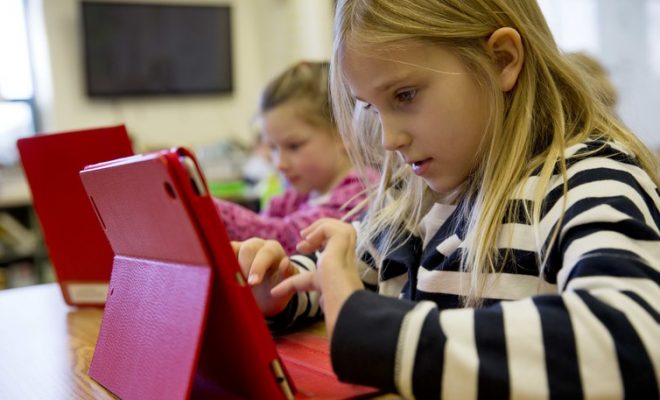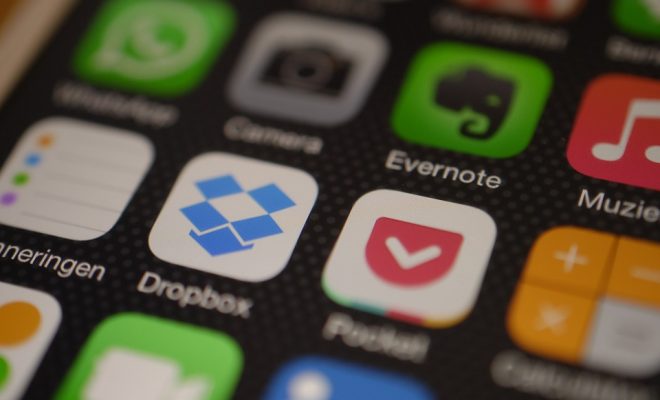What Will EdTech Look Like in 100 Years?

Let’s take a look at the future and see how technology will improve education in the next 100 years. What will be the new innovations in EdTech? What will future classrooms look like? Will the need to study medicine, law, and science disappear when robots start working in these professions? What about art? Sure, no robot can be better than David Bowie, Leonardo Da Vinci, or Shakespeare (not yet), but with the number of innovations we see every day, we can’t be sure it won’t happen. While these innovations could have some detrimental side effects (such as job loss, impacts to the economy, etc.), they also have their advantages. It is up to us to use these innovations with caution and maximize their benefits.
Tracking every student’s move will become a reality.
Student tracking is already a reality in some schools. In the future, it’s entirely plausible that all schools will track students and teachers using Radio Frequency Identification (RFID). There is currently one obstacle: costs. Once there is a cheaper way to replace lost or stolen RFIDs, it will become more common to track when students attend school and their trips around the open classroom. This way, by knowing where and when students are, more time can be spent giving instructions and explanations.
Many parents would argue that it is not fair to track their child’s every move all the time. On the other hand, this can greatly improve safety in schools. In modern schools with more than 1,000 students in a classroom, it could be very hard to locate missing child without tracking.
Interactive surfaces while working in groups will become a reality.
The trend in education is to have collaborative group learning. We are currently at the point where every child has his or her own electronic device. As the group learning model improves, it will be harder for children to follow courses separately on their personal devices. What would happen if the desk they sat at was itself a computer? That way, the group can use a multi-touch interface and collaborate better, with less time comparing what is on each device.
Interactive surfaces are already a reality, but the costs are still big. Just a few decades ago, computers were expensive and considered a luxury item, so it’s safe to predict that these interactive surfaces will become more affordable as time passes and will be used in schools for everyday basics.
Learning will involve the interconnections of all things.
Schools already use social media, blogging, learning management systems, Google apps, Google for Education, Skype, and a number of other web-based tools. As Wi-Fi becomes available in every classroom, it will become a reality for schools to use popular online tools in favor of traditional education. In next 100 years, more will surely be developed.
Students will become teachers.
Teachers will become facilitators and children will teach each other based on their own interests. While this concept seems strange now, it has a significant probability of becoming a reality one day. Even younger children are capable of finding their own path, and by allowing them to follow their individual interests while they are growing up, we will have more satisfied people in the future.
There will be many new tools.
Educational tools are evolving, and it will be interesting to see what happens in the future. We can predict that instead of using pens and pencils to write on paper or keyboards to write on computers and tablets, one day, children will use Google glasses (or its successor) to transfer their thoughts and notes on a computer. Other futuristic thoughts include new tools to protect devices from viruses, Cloud Learning (which would eliminate paper), increased use of e-communities, hologram lessons, and international collaboration.
While these are only predictions, some of the technologies mentioned here are either in their research phase or are being used in a beginning phase. What is certain is that education will change greatly in the next century. There will be numerous innovations, and we should put them to use carefully while trying to eliminate and minimize any side effects that occur along the way.






